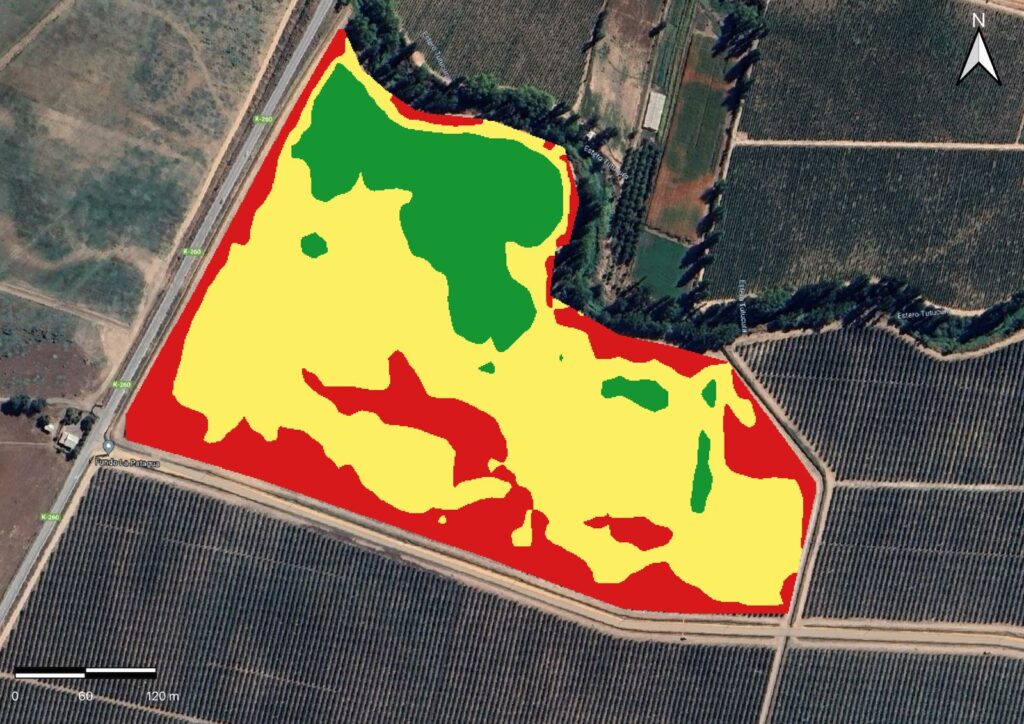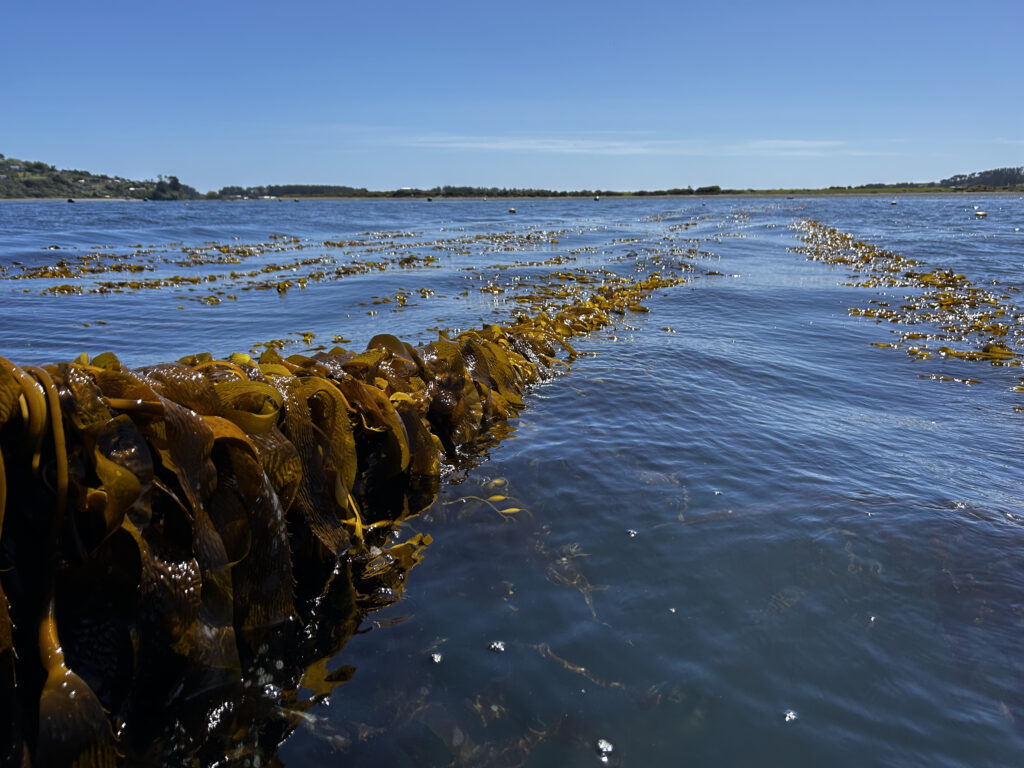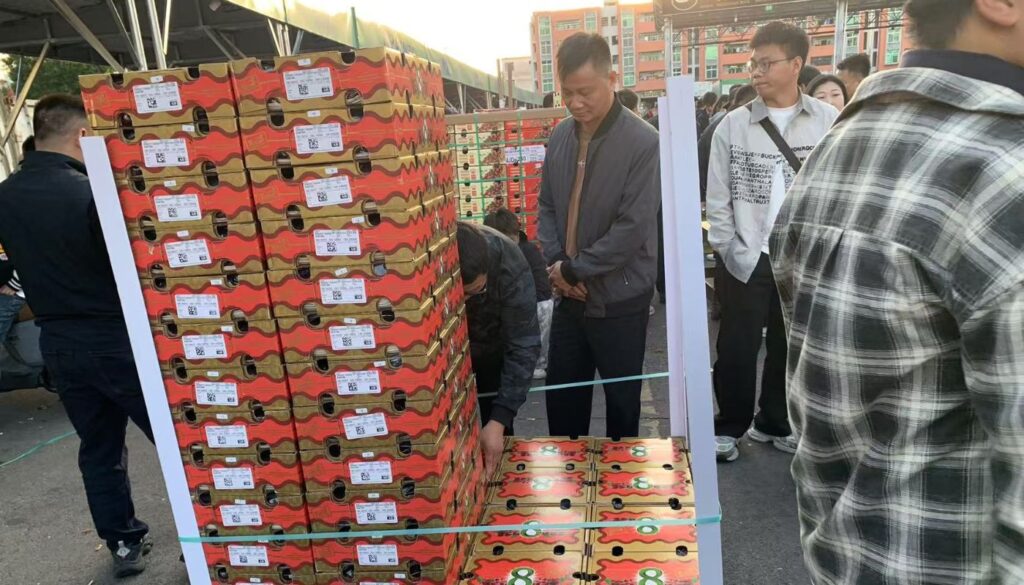We are ending a new cherry season, not free of adverse situations that have strongly influenced the quality and condition of these cherries upon arrival to the main destination markets.
Among the main situations experienced this season are the current contingency regarding the development of the COVID pandemic, added to the initial alarm that meant the restrictions due to the detection of fruits with the presence of the PNRSV virus during the season.
In addition to this, there are significant logistical problems, with the main factor being the waiting time for the dispatch of packed boxes, which meant that a significant volume of fruit remained in the packing refrigeration plants at the source.
Thus, the season could be separated into two groups, the early fruit, which due to its smaller volumes could overcome the logistical problems and be sold without major problems. Then, when the season arrived, peakharvest, from the second week of December, it was more difficult to be able to resolve the
difficulties described.
This logistical problem, caused mainly by a lack of availability of containers to load the fruit, meant an increase in post-Chinese New Year (CNY) sales of approximately 35% of the total cherries exported to the Asian market. (Source: Diario Financiero Digital published on Friday, February 4, 2022; IQonsulting on Smartcherrand), which generated a negative impact on sales prices, given the difficulty in marketing, as well as the significant deterioration that the fruit suffered during this time of
wait.
The problems caused to the fruit by this delay were additionally influenced by the traffic jams of the ships in the destination ports of said market, as well as the slow delivery of the containers by the customs to the receivers due, mainly, to the exhaustive revisions of the loads by the COVID protocol. Given the above, there was a considerable number of containers that had to wait more than 20 days to be cleared of customs (Chart 1; Table 1), considering that in a normal year this wait is usually no more than 48 hours.


The above, apart from meaning a complication for the sale of the fruit, had a significant impact on maritime export rates, even observing increases of up to 70% compared to last season's rates. As a direct effect of the lack or low availability of containers, the industry had to accept the offer of delivered equipment, observing after the arrivals in the monitoring systems, more irregular temperatures than usual, without having today the cause or causes of this problem, what is clear is that together with the temperature problems, some fruit arrivals showed serious damage due to the development of rot (Figure 1).

The situations described above triggered an adverse effect on the quality and condition of the fruit, in turn influencing consumer preference for it over other fresh fruits that were arriving on the market at the same time.
When reviewing arrival reports, customers report, as main problems at destination, the presence of soft fruit, development of browning of the pulp (Figure 2), associated with a bad taste in the fruit and in some cases, the development of rot was reported (Source: FyJ Consulting).
Although it is not always easy to associate a single cause with these deteriorations, temperature problems and long storage times may contribute to their incidence.

Given the above, it is necessary to analyze the short and long-term future scenario, national production will continue to show a concentration in production from the second week of December, in addition 3 of the 5 varieties with the highest planted volume (Chart 2) are harvested in the
peak (Lapins, Bing and Sweetheart) and Regina, a late variety, have to be sold after the Chinese New Year at least every 2 years, since this holiday changes its date because it is associated with the lunar year. In this scenario, the variety faces long storage periods in some seasons, during which the development of pulp browning occurs.
Since this season, the industry has been making efforts to diversify shipments to other markets, but we still have a concentration of exports to the Chinese market, with more than 871 TP3T of national production.

What we experienced this last season should encourage us to continue working on developing new markets, producing quality fruit of good caliber, harvesting at the correct maturity, rigorously following post-harvest management and minimizing times at origin to achieve
40 days of storage until sale, thus reducing deterioration problems.
In the long term, focusing research on the physiological disorders that occur in fruit during long storage periods is important; it is important to pool resources for the development and implementation of varieties with good post-harvest performance, as well as working on the development of conservation technologies both at the source (raw material) and in transit.








